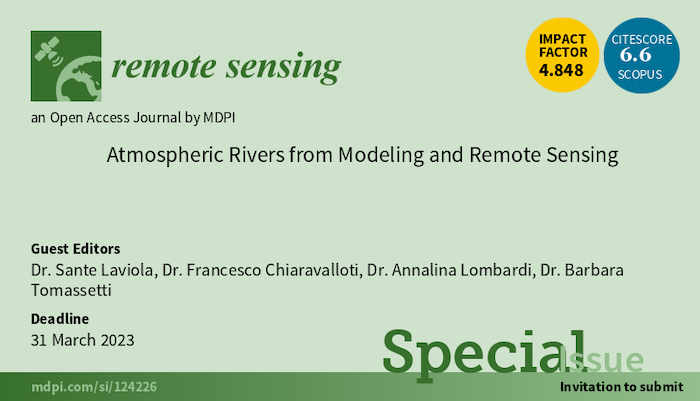Arctic-PASSION- Pan-Arctic observing System of Systems: Implementing Observations for societal Needs
Arctic PASSION will address the urgent need for coordinated and accessible Earth observation and information services for the Arctic region. Despite significant international effort in the past, elements of the current pan-Arctic
observing network still remain fragmented, disconnected, or have other critical shortcomings. Our aim is to overcome these shortcomings and to advance towards a fully integrated pan-Arctic Observing System of Systems (pan-
AOSS). Working under the SAON framework and in partnership with rights-and stakeholders, Arctic PASSION will strengthen international scientific observations, community-based monitoring, and Indigenous knowledge and local
knowledge within an observing system. We will co-create an innovative pan-AOSS that truly represents the diverse range of needs of the different user-groups and decision makers.
The resultant pan-AOSS will provide its users with unrestricted access to the latest-available Arctic observations, including better access to Copernicus Arctic products. It will empower Arctic communities, policy makers and
industries to make knowledge-based decisions. These will benefit society and support the adaptation and sustainability of the objectives of the UNFCCC, the IPCC and associated protocols.
Arctic PASSION will also fill critical gaps in observations and improve the archiving, handling and interoperability of Arctic data systems. It will use these improvements to develop and implement eight new EuroGEO Pilot Services
that will support emergency preparedness, food security, and responses to climate and socio-economic changes in the Arctic.
The combination of the work performed by Arctic PASSION will provide compelling evidence to GEO to update Arctic GEOSS’ Community activity’ to the higher level of GEO ‘Regional Initiative’. Our legacy will be a stronger
European voice in Arctic observing, and a more inclusive pan-Arctic observing system that supports a prosperous, sustainable and environmentally secure Arctic.
Atmospheric Rivers from Modeling and Remote Sensing

This Special Issue aims to improve the current knowledge of atmospheric rivers (ARs) through the publication of groundbreaking papers that focus on innovative and original approaches to that research. From first pioneering studies, the interest of the scientific community progressively grew, as demonstrated by several funded projects on this subject, many field and numerical experiments, and the large number of scientific publications.
HSAF_CDOP-4 - Fourth Continuous Development and Operations Phase (CDOP 4) for the Satellite Applications Facility (SAF) on Support to Operational Hydrology and Water Management (H SAF)
The EUMETSAT Satellite Application Facility for Operational Hydrology and Water Management (H SAF) provides satellite products and user services in support to Operational Hydrology, Meteorology, Risk Management and Water Management. H SAF aims at consolidating the existing operational products and at the development of new products to fully exploit primary EUMETSAT missions. During the fourth Continuous Development and Operations Phase (CDOP-4, foreseen in the 2022-2027 time frame), products for the estimation of precipitation, soil moisture, and snow parameters will be primarily based on the Meteosat Third Generation (MTG) and the EUMETSAT Polar System - Second Generation (EPS-SG) missions, pursuing and complying the related EUMETSAT strategy. H SAF aims at bridging science and research into development and operations through the dissemination of day-1 products developed during the previous phase (CDOP3), and new day-2 products that will take advantage of the new sensors’ capabilities (e.g ., the better spatial and spectral resolution). Dedicated services like the “Quality Monitoring and Assessment” and the “Hydrological Validation” will be focused on the assessment of the accuracy of the products and the evaluation of the benefits they bring to the hydrological community. In the CDOP 4 there will be the introduction of a new services dedicated to Product Usage and User outreach, responsible for providing open source tools and facilities to foster and strengthen the use of H SAF products for hydrological applications, to actively collaborate with international projects and programs, operating in the field of hydrology and meteorology, and to develop specialized training programs for the needs of different user communities.
AI-FIRE - AI against WildFIRE
Il progetto AI-FIRE nasce per sviluppare tecnologie per il monitoraggio e la tutela del patrimonio boschivo, con l'intento di far fronte a incendi che riguarda il patrimonio boschivo di pertinenza comunale. L'ambito territoriale riguarda i comuni di Bianchi. Mormanno e Aprigliano situati sia nella zona presilana della Sila Greca che a ridosso del Parco Nazionale del Pollino. I comuni citati hanno espresso il fabbisogno di allertamento precoce per incendi previsto nella misura di Living Lab promosso nell'ambito del POR 2014-2020.L'obiettivo del progetto è quello di progettare, realizzare, sperimentare e validare un sistema integrato (hardware e software) per la produzione di mappe di rischio e allertamento preventivo degli organi preposti al controllo.
Questo può aiutare non solo ad individuare più capillarmente zone ad alto rischio immediato, ma fornire informazioni utili anche ad una pianificazione degli interventi risolutivi che limitino il danno a persone e beni ambientali.
INDA_AM-ATMO-Indagini ambientali Matrice Atmosferica - Identificazione venti prevalenti e ricaduta inquinanti
Lo scopo dell'attività di consulenza è fornire uno studio previsionale delle emissioni, basato su venti prevalenti, computando le concentrazioni degli inquinanti al suolo sui recettori individuabili nelle aree circostanti il sito industriale compresa la limitrofa "Area natura 2000- Dune dell'Angitola" ed i punti di massima ricaduta stimati in relazione alle emissioni convogliate esistenti considerando la massima capacità autorizzata delle sorgenti emissive dell'impianto previste dal "piano di monitoraggio e controllo". I monitoraggi atmosferici servirano ad identificare le direzioni prevalenti della circolazione e la ricostruzione microclimatica, attività propedeutica alla ricostruzione della ricaduta delel concentrazioni di inquinabnti ricadenti al suolo.L'indagine prevederà il monitoraggio atmosferico e i suoi risultati.
